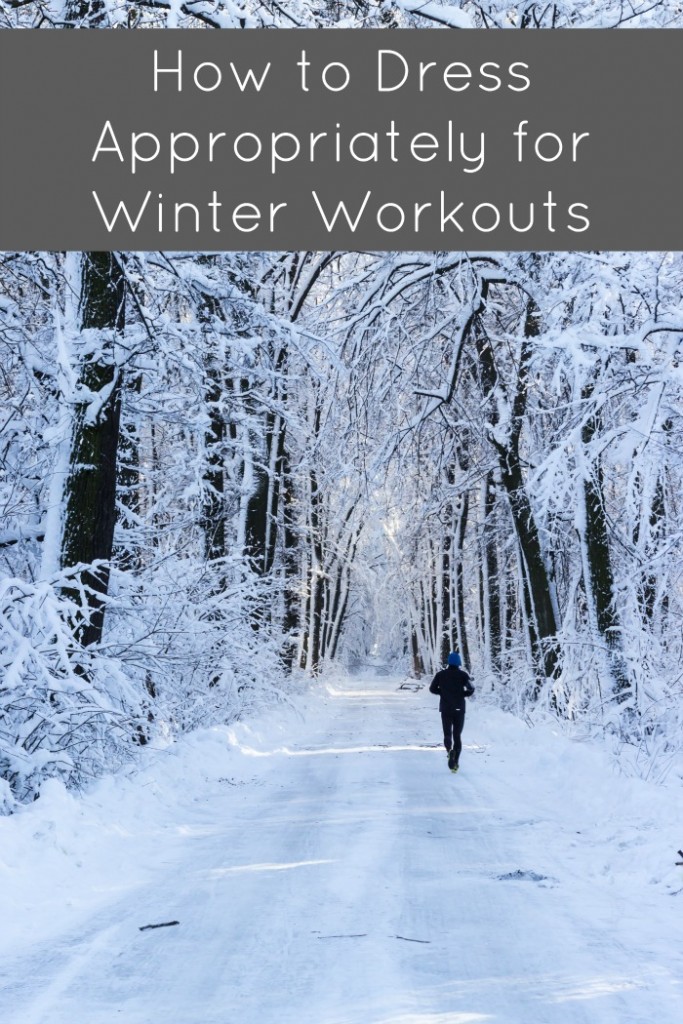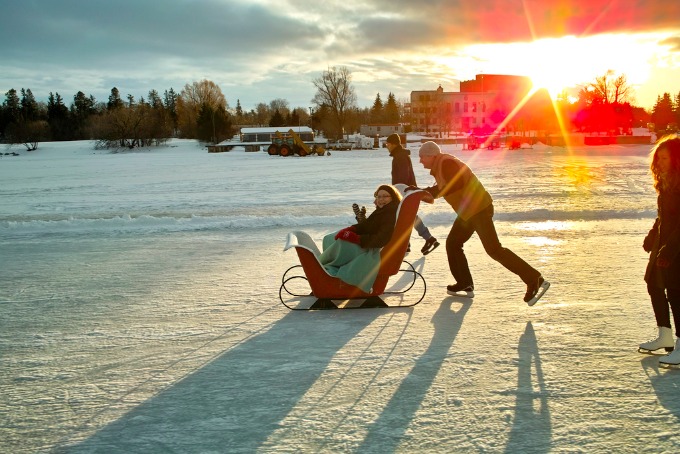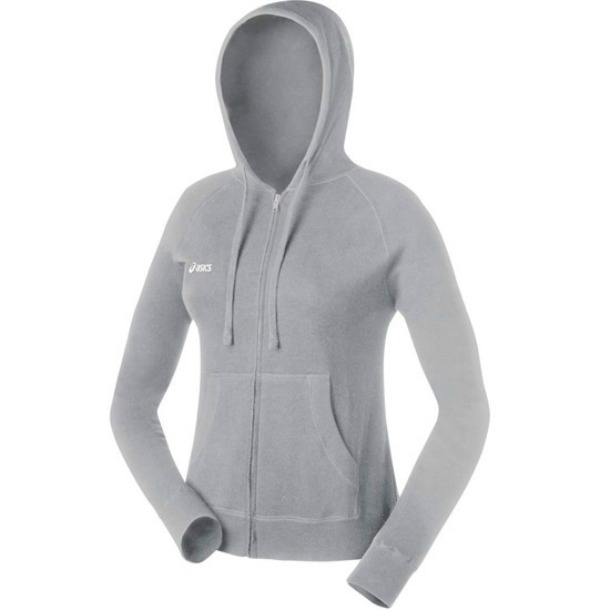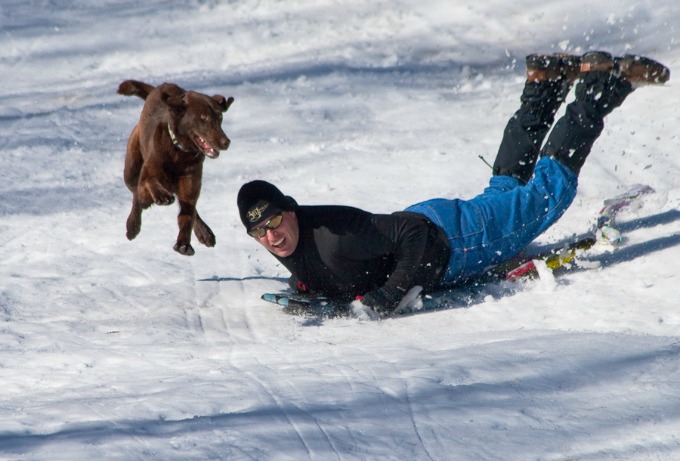Maybe it’s cabin fever or guilt about a giant holiday meal that forces you outside for a winter workout. Perhaps you just want to get started on your fitness journey. Whatever the reason, it’s vital that you prepare for the cold by choosing the right clothing for the job. Here are some factors to consider when dressing to exercise outdoors.
The clothing you select for a workout in the crisp, cold air will likely vary, depending on what kind of activity you’re partaking in. Certain sports require special gear, or are better for extensive layering. Here are some of the wardrobe factors to consider depending on your workout of choice:
- Running: Runners are prime candidates for extensive layering. However, winter is no time for tank tops and running shorts. Choose full-length garments that offer a good level of cold and wind protection.
- Hiking/snowshoeing: Layers are key here too, but you won’t want to carry a heavy jacket with you after you get too hot to wear it. Select warm clothes that you can wear throughout your exercise, and don’t forget heavy socks to keep your feet cozy.
- Ice skating/skiing: As you’ll be close to a very cold surface during your entire period of activity, you’ll want to make sure to have warm, padded socks and pants that protect you from the elements while still allowing for freedom of movement.
Handy Fabrics
Cotton is great for wearing inside, but it is not the best choice for outdoor workouts because it leaves moisture right next to your skin. Here are some better options:
- Wool: This may seem counter-intuitive, but wool is a great insulator and offers a level of breathability that other fabrics don’t. Plus, there are engineered wools on the market that are perfect for outdoor wear.
- Moisture-wicking: Once you start sweating during your outdoor activity, you are at risk of getting chilled if your clothes don’t keep moisture away from your body. Choose moisture-wicking fabrics that dry quickly.
- Fleece: A polyester-based fabric, fleece is soft and warm without adding a lot of bulk. It’s good for a middle layer but is not suitable for an outer layer if you will be in the rain or snow.
Layers are Key
When it comes to being prepared for all levels of activity, layering is the most important factor. You need to be warm when you start your workout but able to shed layers to prevent overheating. Here are the basics of layering:
- Undergarments: Chose moisture-wicking bras and underwear that don’t chafe during workouts.
- Base layers and compression garments: Under layers should be made of “slippery” fabrics that allow for freedom of movement but can still keep you warm when you take off the top layer.
- Top layers: Depending on what kind of workout you are planning, you might need a waterproof outer layer. If not, just be certain to don a jacket that will be easy to carry after you take it off.
Safety Considerations
Here are a few other tips for making the most of your outdoor workout while still staying safe and protected from the elements.
- Headwear: Most of your body heat escapes from your head, so a hat of some sort can be vital. Even just a thin beanie can make all the difference. You might want ear covers as well if wind bothers your ears.
- Footwear: You likely will choose the shoes most suited to your activity, but your sock choice can be important. Wool is an ideal material for socks, no matter what shoes you are wearing, as are moisture wicking socks.
- Miscellaneous: Snow and the winter sun is bright, so don’t forget your sunglasses. Staying hydrated is just as important during the cold months as it is in summer, and you’ll want to take your water bottle along. And of course, if you get lost or injured, you’ll want to have your cell phone on hand to call for help.
Outdoor workouts can be enjoyable for a lot of reasons. When the fresh air and bright sun are calling your name to come outside, make sure you are dressed properly to make the most of your winter workout.

photo credit: That Pesky Dog! Skating and Sleighing on Dows Lake w/ @CarlaPearson 3 of 9 via (license)



